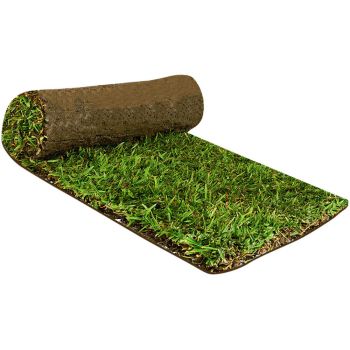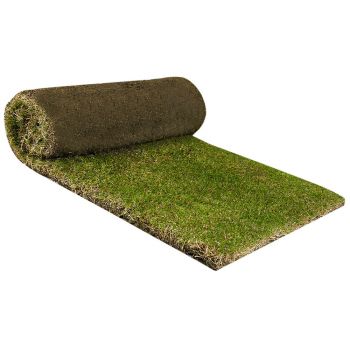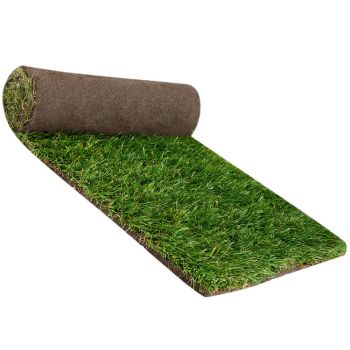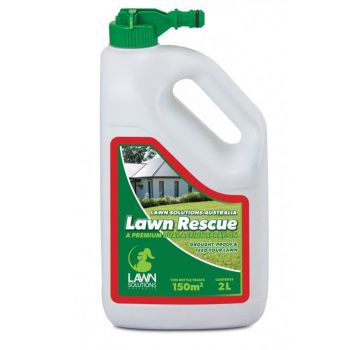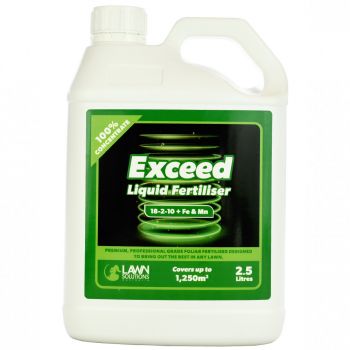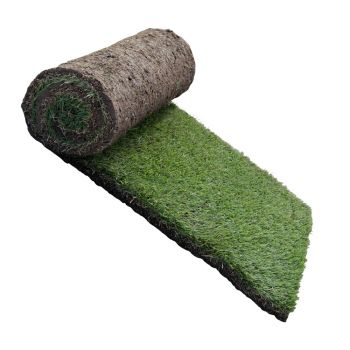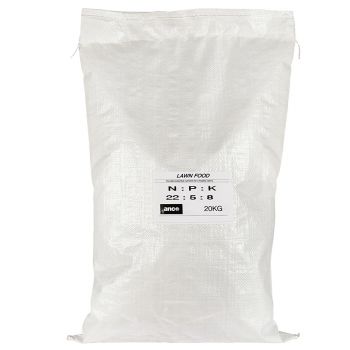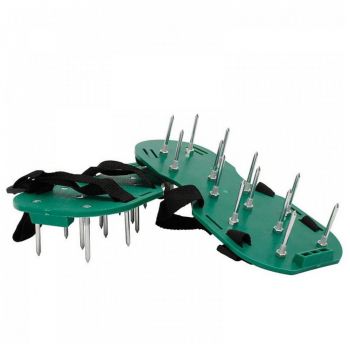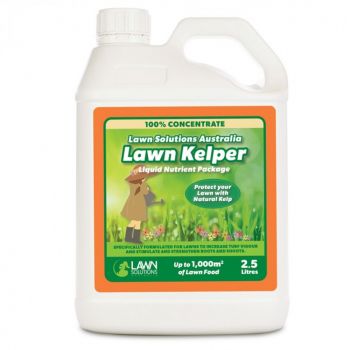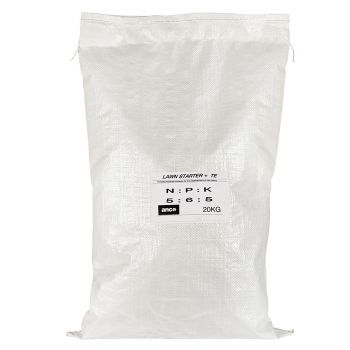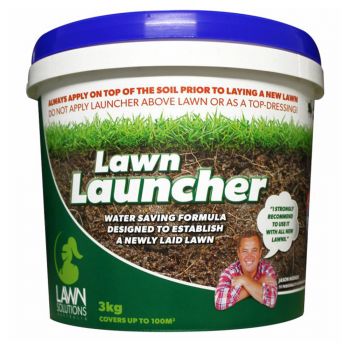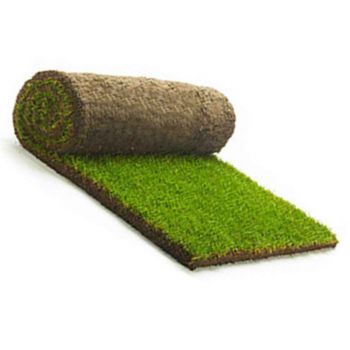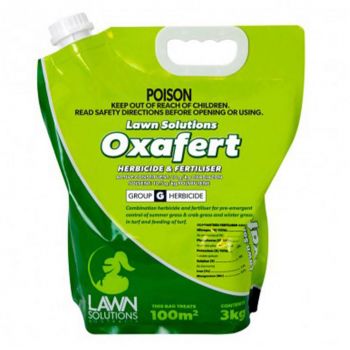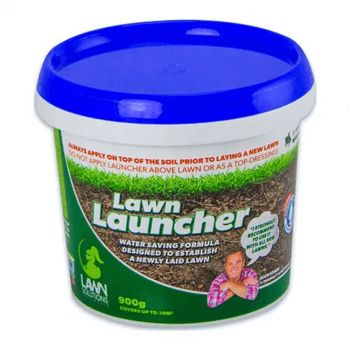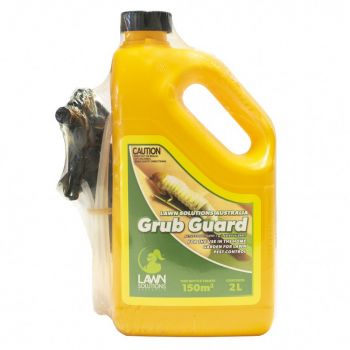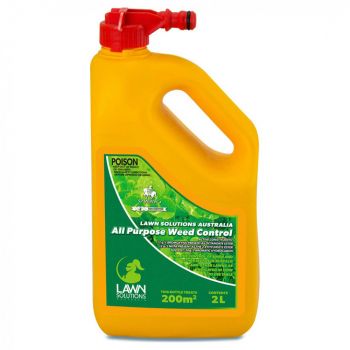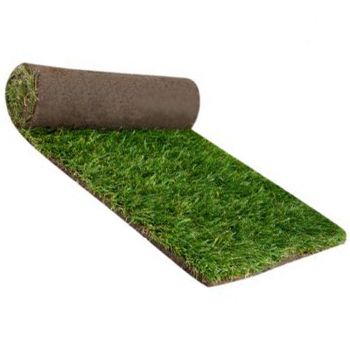HOW TO MAINTAIN YOUR EUREKA KIKUYU TURF
As with any living thing, optimal maintenance will ensure the best presentation of your grass throughout the year. Weather fluctuations can be extreme, and staying on top of your Kikuyu grass maintenance in line with our recommendations below will keep your lawn in prime condition.
Best Practice for Watering Eureka Kikuyu Grass
Watering your Kikuyu grass in regular increments is crucial. While this turf type has a high drought tolerance thanks to its extensive root and rhizome system. It still requires adequate watering to sustain itself. If your turf is in its infancy stage and has just recently been laid, you should water it up to 3 times per day to establish a solid root system that would help it survive drier periods later. 3-4 weeks after laying your Eureka Kikuyu turf, watering can ease back to once per day and slowly reduce to twice per week before further reductions once it is fully established. During the colder months, rain supply and moisture within the soil will ensure its survival. However, if rainfall is minimal, you should give the Kikuyu grass one deep watering every 2-3 weeks.
Early morning watering is best every 7-10 days during the warmer months. Healthy soil is an important factor in optimising the health of the lawn, as good quality soil will maintain essential moisture for the grass to thrive.
Signs to look for: If you notice the Kikuyu grass blade tips start wilting or the colour of the lawn turns a slight brown, increase your regular watering. For a more in-depth watering guide, check out our other article here
Best Practice For Mowing Eureka Kikuyu Turf
Every lawn owner should establish the right mowing routine for their turf type. Kikuyu grass will need roughly the same amount of mowing in the growing seasons. For new Kikuyu turf, you can undertake your first mow once the turf cannot be lifted from the dirt. For the first few mows cut the turf to a height that does not cause scalping. Once the turf has been established for a longer period you can reduce the cutting height to your desired height.
The hardiness and fast growth rate of this grass type during the cooler months means it is necessary to mow at least once per week to prevent thatch development. Keeping the lawn height between 25-40mm will give you a neat and manicured-looking lawn without scalping the root system.
Signs to look for: Weeds or blades higher than 45mm indicate that mowing is required
Best Practice For Fertilising Eureka Kikuyu Grass
The general rule of thumb with this type of grass is to fertilise with a slow-release fertiliser in early Autumn and early Spring. This will allow Eureka grass to thrive rather than simply survive. To give new Kikuyu turf a superior start, it is wise to use Lawn Starter fertiliser and then fertilise it 5-6 weeks after it is laid, regardless of the season. Our landscape team at Wallington's WRG can advise the perfect fertiliser product for your new lawn and any extras for a solid seasonal maintenance plan.
Signs to look for: If the grass looks yellow or brown and increased watering is not helping, speciality fertilisers may be required.
Some Frequently Asked Questions About Eureka Kikuyu Maintenance
Question: How do I stop my Eureka Kikuyu from going yellow?
Answer: The best way to avoid yellowing Kikuyu turf is to instigate a regular watering, mowing and fertilising routine in line with the above recommendations. If you suddenly notice yellowing grass, call Wallington's WRG to offer professional lawn care advice, as specific fertiliser or disease or pest management may be required.
Question: When should I feed my Eureka Kikuyu lawn?
Answer: Eureka Kikuyu should be fertilised regularly throughout the year with a good high Nitrogen fertiliser. Fertilise 3-4 times yearly in spring, early summer and autumn to improve overall health. Wallington's WRG stocks a wide range of fertilisers, grub guards and colour boosters we can recommend for a healthy and lush lawn all year round.
Question: Should I water my Eureka Kikuyu lawn after mowing?
Answer: Watering your lawn straight after you mow Kikuyu turf is not essential, although it can help provide some moisture to the blades and soil following a clip. Your Kikuyu grass will perform well if the soil is healthy.
Question: What time of day should you mow Kikuyu grass?
Answer: Early morning is always best when watering your lawns, so the moisture penetrates before the sun rises and reduces evaporation. With the exception of turf that is under frost, you can mow your lawn at any time of the day. If the lawn is frosted or dewy, wait until they have cleared before mowing.
Give us a call or come and see us at 370 Grubb Road for all your landscaping and outdoor needs. You can even shop online 24/7 at wallingtons.com.au






